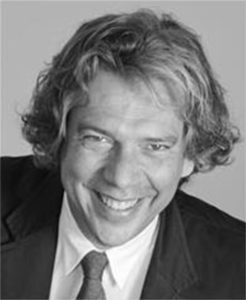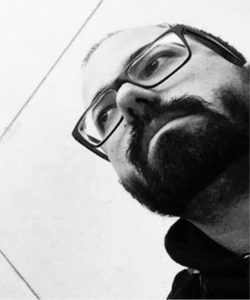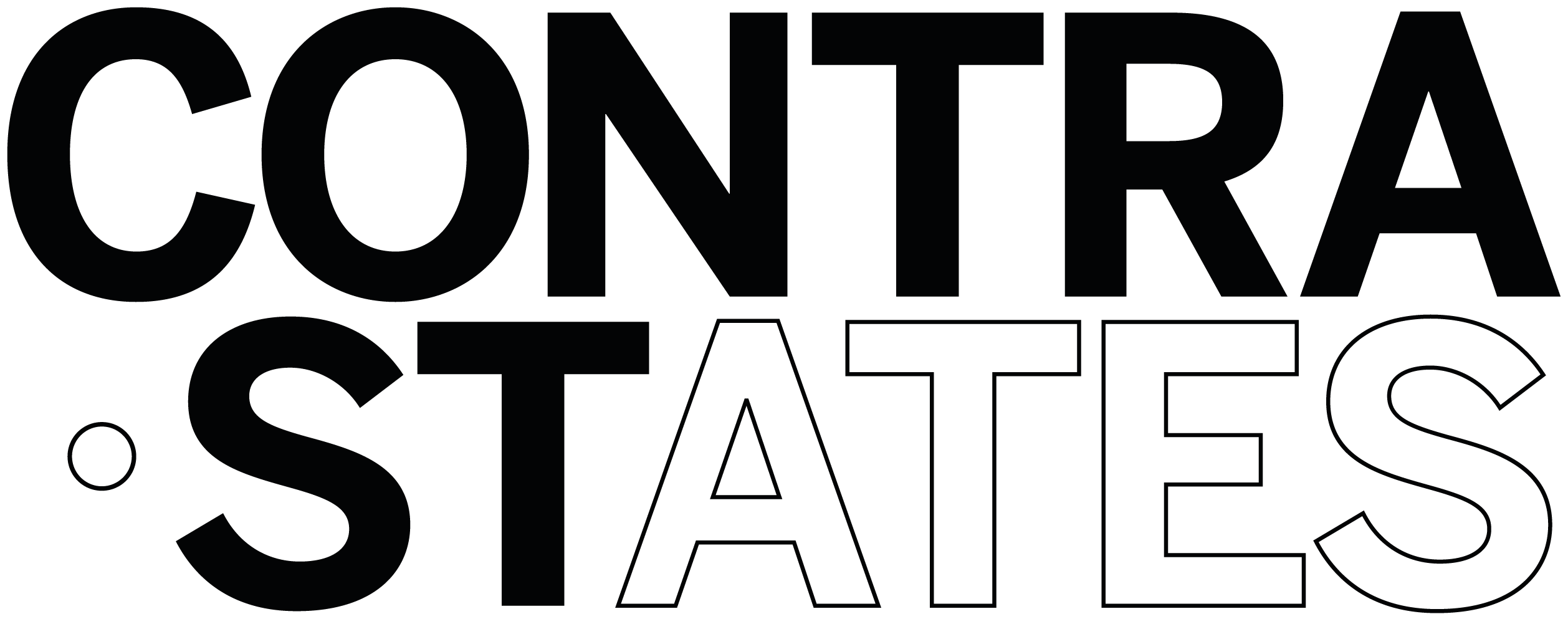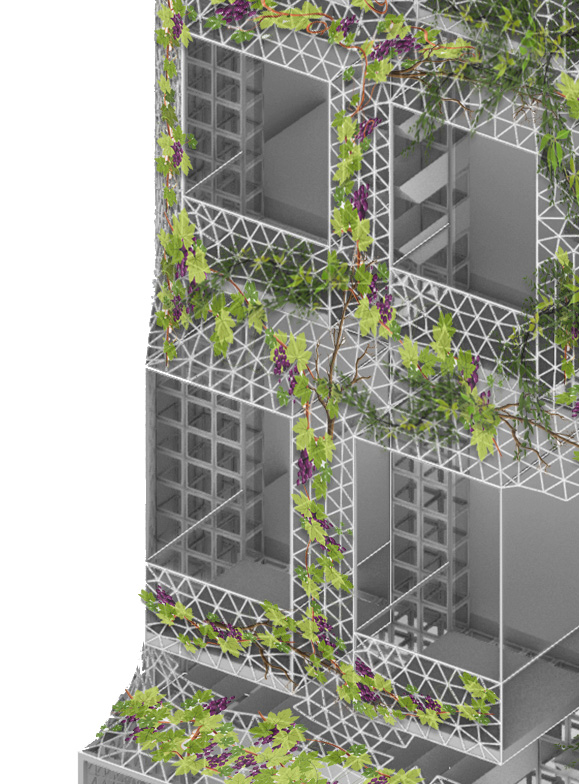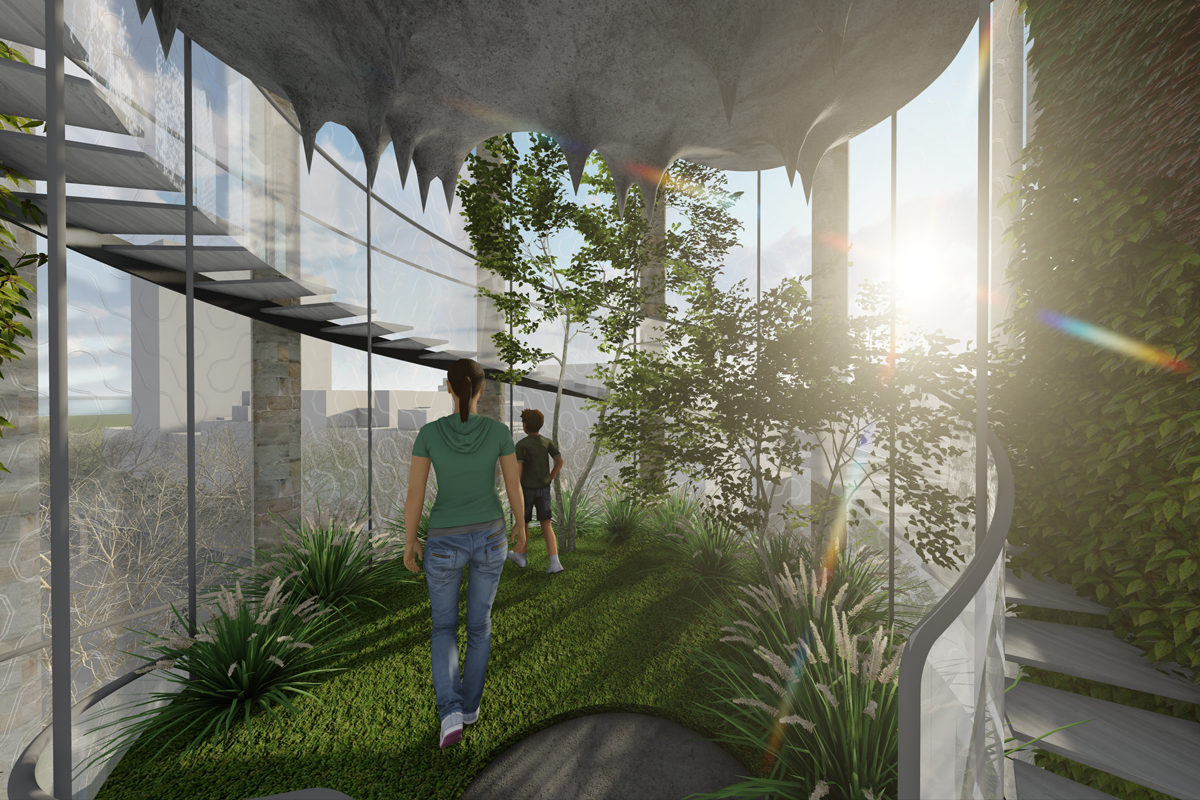Metabolic Studio aspires to force students to think outside the box when dealing with design and architecture. it is intended to reconsider the built environment and the notion of architecture that is offered to the citizens. Modern cities nowadays are very disconnected from the ground they sit on, as opposed to when they were founded in origin. The lack of green and natural spaces and the materials used in the construction systems expand this disassociation ever further.
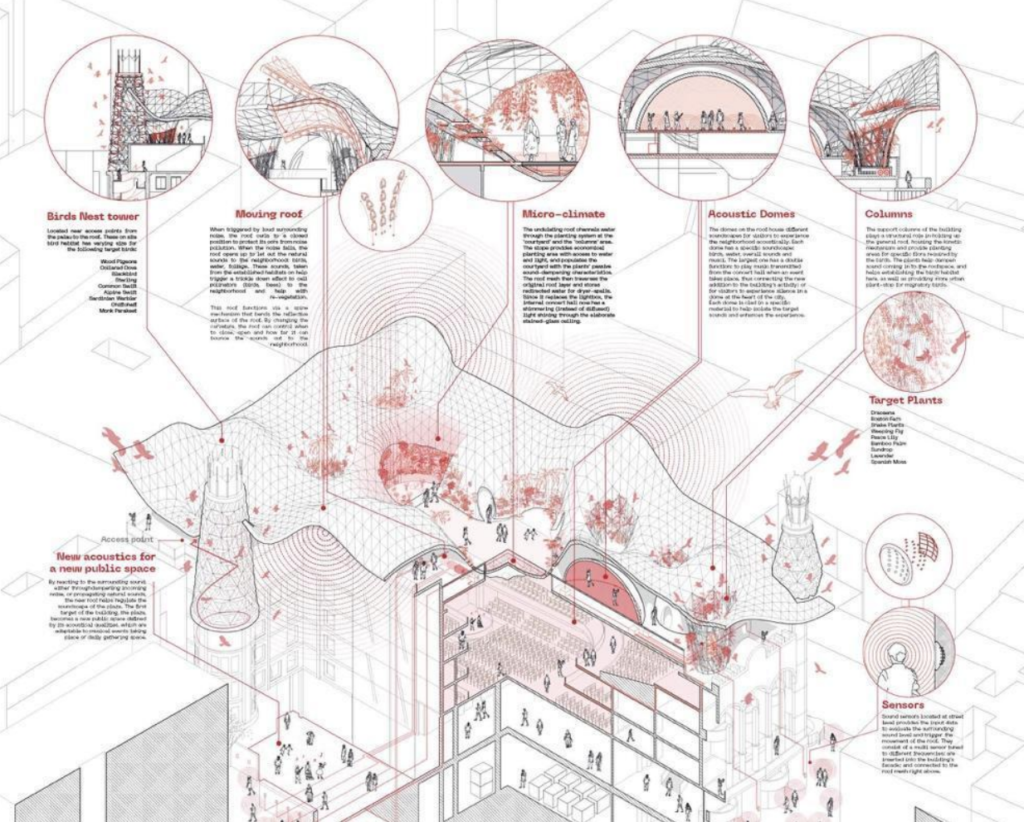
The studio aims to propose radical approaches to Advanced Architecture topics via architecture hacking, metabolic and natural processes. Taking an abstract look at nature and seeing it as a closed system where everything is interconnected and no waste is ever produced, one would be able to identify some of its parts, existing processes and constituents and try to replicate them with technology or other natural systems for incorporating them into our designs.
Studio understands Metabolism as the constant flow and transformation between matter and energy, forcing it to happen in the architectural interventions. In a way, those forced metabolic cycles allow to solve and remediate some of the problems that the cities face, such as pollution, mineralization and extreme heat. One of the main challenges students face in the studio is the instrumentalisation of those cycles and how they can have a physical and specific form.
Studio works towards the transformation of the city of Barcelona, proposing new architectures and design interventions attached to existing Eixample buildings. Students are asked to reformulate the city from a metabolic perspective, starting from the molecules.
By understanding nature’s metabolic pathways, students create a set of tools that allow the transformation of the façades of existing buildings into high-performance hybrid natural machines, taking into account that the by-product (not waste) of them are to be beneficial for the environment.
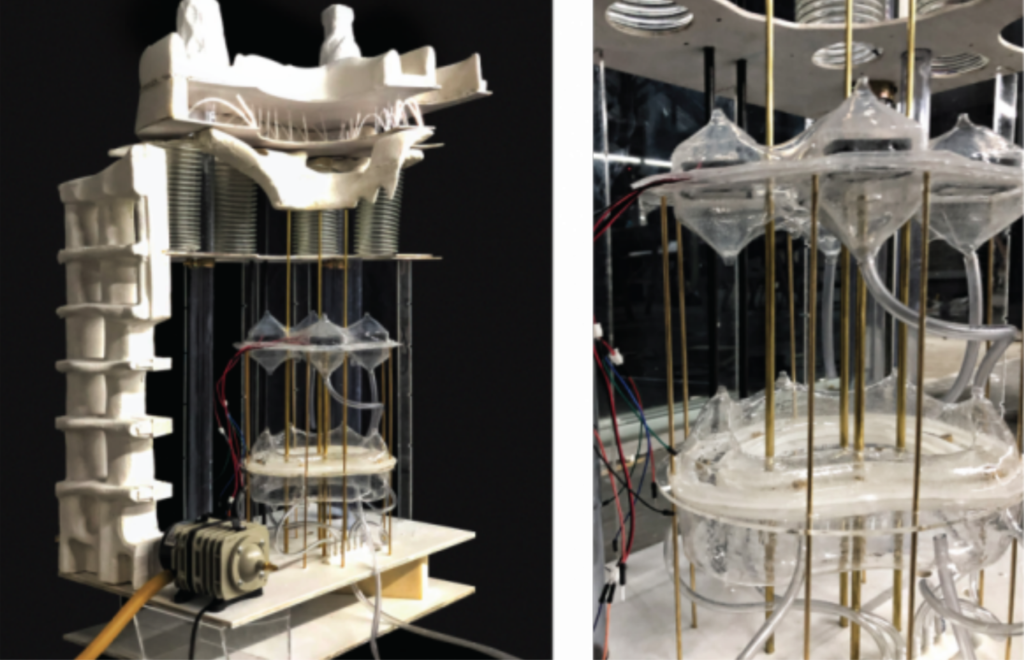
Learning Objectives
At course completion the student will:
- Understand the relationships of buildings within the city context, technology, and society;
- Understand how their form and function can change and adapt to modify our perception of the built environment;
- Create advanced architectural proposals that deal with metabolic processes with the exchange of energy and matter, understanding the details of the metabolic pathways;
- Elaborate critical thinking about the relationship between architecture and environment, climate and pollution, and citizen and atmosphere;
- Add a new critical and radical point of view on how cities should be in the future and think outside the box when it comes to sustainable construction.



